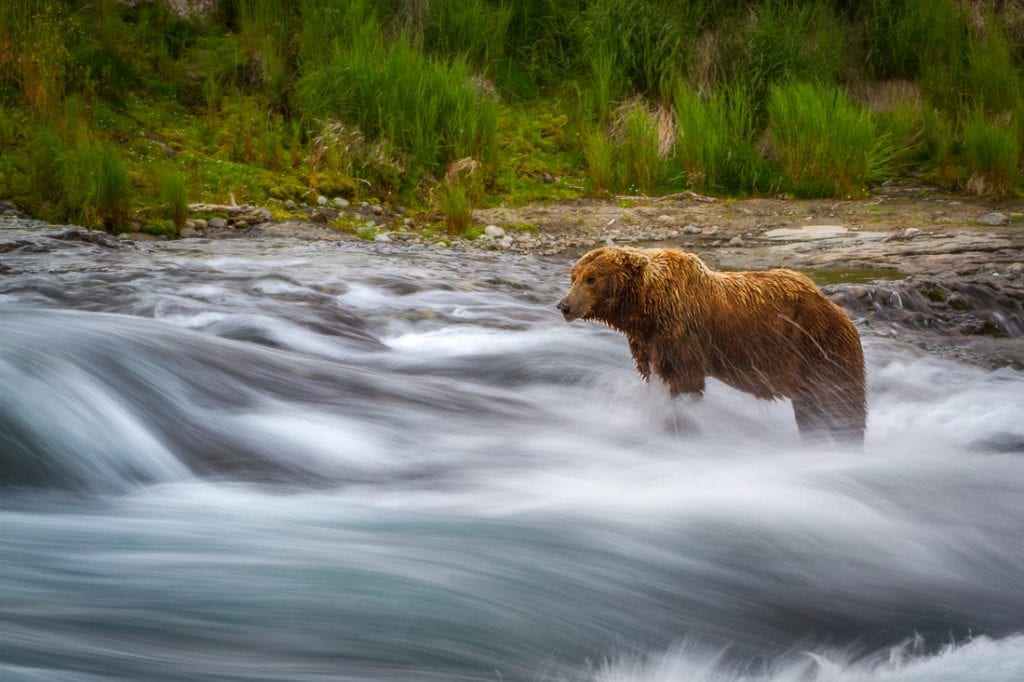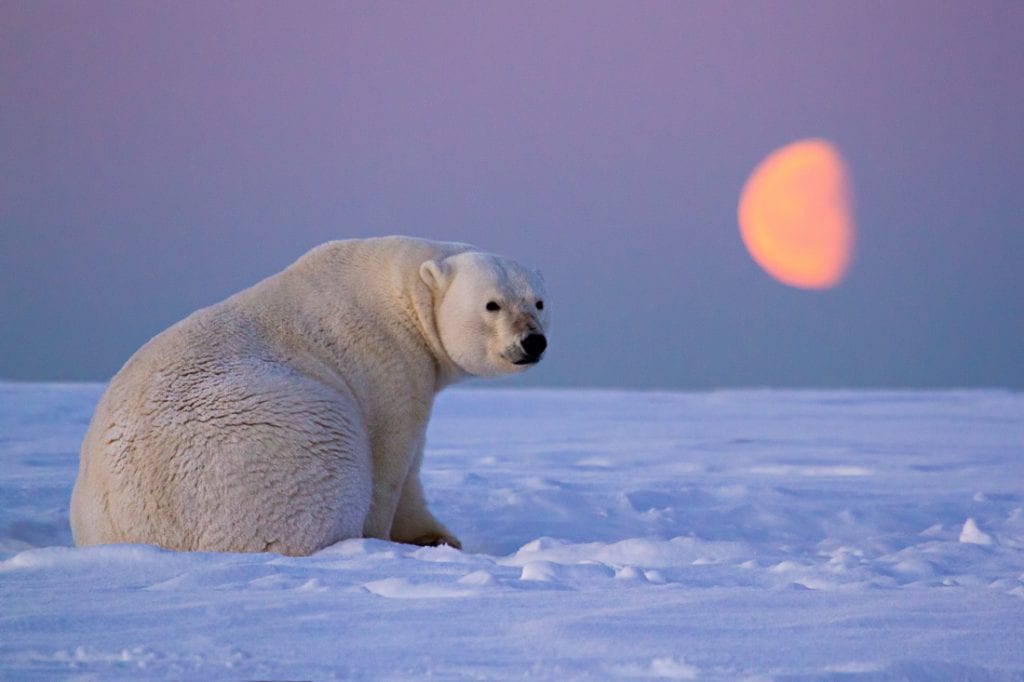Camera Settings for Wildlife Photography

As workshop instructors, we often get asked what are the correct camera settings for wildlife photography. Indeed, nailing the shutter speed, aperture, and ISO is absolutely essential for successful wildlife photography. The settings you use will depend on many factors, such as the type of animal you are shooting, the available light, the background, the blur or sharpness effect you are going for, and much more. In this video, we discuss the framework to quickly determine your shooting settings in the field. This type of thinking needs to become second nature so that you aren’t fumbling around with your settings when the perfect wildlife opportunity presents itself. Watch the video below and don’t forget to subscribe!
Shutter speed is one of the most critical camera settings for wildlife photography. It determines how sharp your shot is, especially with any action or movement. It also determines the mood and or artistic effect you want. When setting your shutter speed, you need to take into consideration the amount of available light, the type of subject you are shooting, your focal length, and the artistic effect you want. We discuss this at length in the video and you can refer to the graphic below for a handy guide.

In the video we show numerous examples of shutter speed being employed to different effects with wildlife. Here are a few examples from slow shutter speed to very fast:






ISO and Aperture are other important considerations. Most of the time we are light limited when shooting wildlife at the beginning and end of the day. In those cases, we often need to have as wide open aperture as we can. But for DOF – especially for larger animals – we may have to be closer to f/7.1 or f/8. With modern camera sensors we can push the ISO much higher than we could in the past and still get acceptable results. For example, the shot below of was taken in a dark forest canopy at ISO 4000! In post-processing we can clean up the noise and sharpen the detail.

We love photographing wildlife at Action Photo Tours. Are you looking to improve your wildlife photography while visiting some epic locations? Check out our page and join an upcoming wildlife-focused workshop!
And don’t forget to join the community on Facebook where you can ask questions and propose topics for new episodes! https://www.facebook.com/groups/ImagesInFocus/
